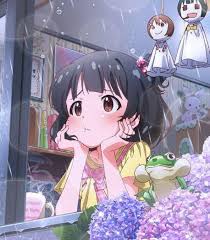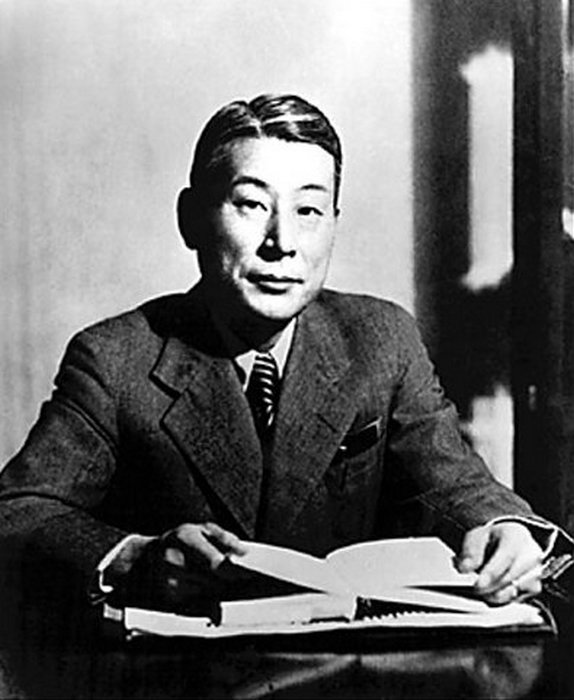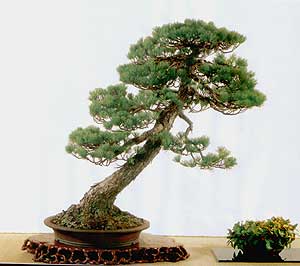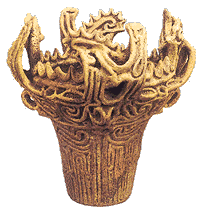Anime and Manga as Contemporary Art in Japan
 What is anime and manga? The simplest definition looks like this:
What is anime and manga? The simplest definition looks like this:
Manga are Japanese comics.
Anime is a Japanese animation.
It is often believed that the terms “manga” and “anime” are limited to some genres (fiction, fantasy) and graphic styles (realism, “big eyes”). This is not true. The terms “manga” and “anime” define only the basic culture on the basis of which the corresponding works are created.
There is not a single country in the world in which such attention is paid to comics and animation. The creators of the popular Japanese comics are very wealthy people (Takahashi Rumiko is one of the richest women in Japan), the most famous of them are national celebrities, manga makes up about a quarter of all printed materials produced in Japan and is read regardless of age and gender. The position of the anime is somewhat more modest, but also quite enviable. Say, there is not a single country in the world in which actors who voice animation (seiyu) enjoy such recognition, respect and love. Japan is the only country in the world to nominate an animated feature film for the “Best Foreign Film” at the Oscars.
If in the rest of the world animation is “parasitic” to the movies, then in Japan the situation is the opposite. This is especially noticeable on TV series in which actors often play in the anime style, and on video clips for which young stars are carefully made up in the anime style and Kawaii. The same is true for the influence of anime abroad. So, the Wachowski brothers, the creators of The Matrix, repeatedly admitted that they set themselves the task of reproducing the Japanese anime cyberpunk (in the first place, the anime film Ghost in the Shell) in a lively style. Note that in Japan there are feature films in this style. But who knows, besides big fans of Japanese cinema? And “Ghost” was shown all over the world, including in Russia (at one of the Japanese film festivals).
Many national cultures are afraid of losing their “identity” by borrowing something from other cultures. There is no such fear in Japanese culture (although there are separate conservative alarmists). In Japanese fantasy, you can find not only Sino-Japanese werewolves, but also European elves and gnomes. In one fantasy, there is even a Soviet tank. However, this does not threaten any “identity”, on the contrary, elves become “Japanese”, gnomes become “Japanese”, and tanks become completely national ghost cats. Even when the creators of manga or anime want to create something “completely European” or “absolutely American”, they cannot get away from the culture that they absorbed with their mother’s milk. And that is why their artistic experiments do not destroy Japanese culture, but supplement it, expand its set of techniques and ideas.
Among other things, anime and manga are a great way to appreciate not only how modern Japanese people reflect and experience their original traditions, but also how Japanese motifs and themes of other peoples are reflected. And it is by no means a fact that the former is always more interesting than the latter. You need to know the Japanese language and theory of literature very well in order to truly understand how the Japanese versification (and the Japanese mentality) differs from the European one. And to understand how the Japanese elves differ from the Tolkien elves, just watch one or two series.
Thus, anime and manga are a kind of “back door” to the world of Japanese consciousness. And going through this move, you can not only shorten the path without getting through all the fences and bastions erected by Japan’s one and a half-thousand-year-old “high culture” (anime and manga art is much younger and has fewer traditions), but also get a lot of pleasure. Combining business with pleasure – what could be better?
Now a few specific comments about manga and anime separately.
Anime and Manga as Contemporary Art in Japan
Manga
“Stories in Pictures” has been known in Japan from the very beginning of its cultural history. Even in the kofun mounds (tombs of ancient rulers), archaeologists find drawings that are somewhat reminiscent of the ideology and structure of comics.
The spread of “stories in pictures” has always been facilitated by the complexity and ambiguity of Japanese writing. Even now, Japanese children can read “adult” books and newspapers only after graduating from elementary school (at age 12!). Almost immediately after the advent of Japanese prose, its illustrated paraphrases appeared, in which there was little text, and illustrations played the main role.
The first Japanese comic book is “Funny Pictures from the Life of Animals”, created in the XII century by a Buddhist priest and artist What (another name – Toba, years of life – 1053-1140). These are four paper scrolls that depict a sequence of black and white ink-drawn captioned pictures. Pictures told of animals depicting people, and about Buddhist monks who violate the charter. Now these scrolls are considered a sacred relic and are kept in the monastery in which the ascetic Kakuy lived.




